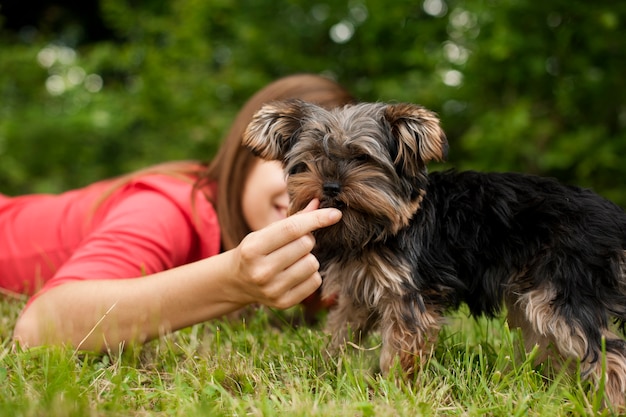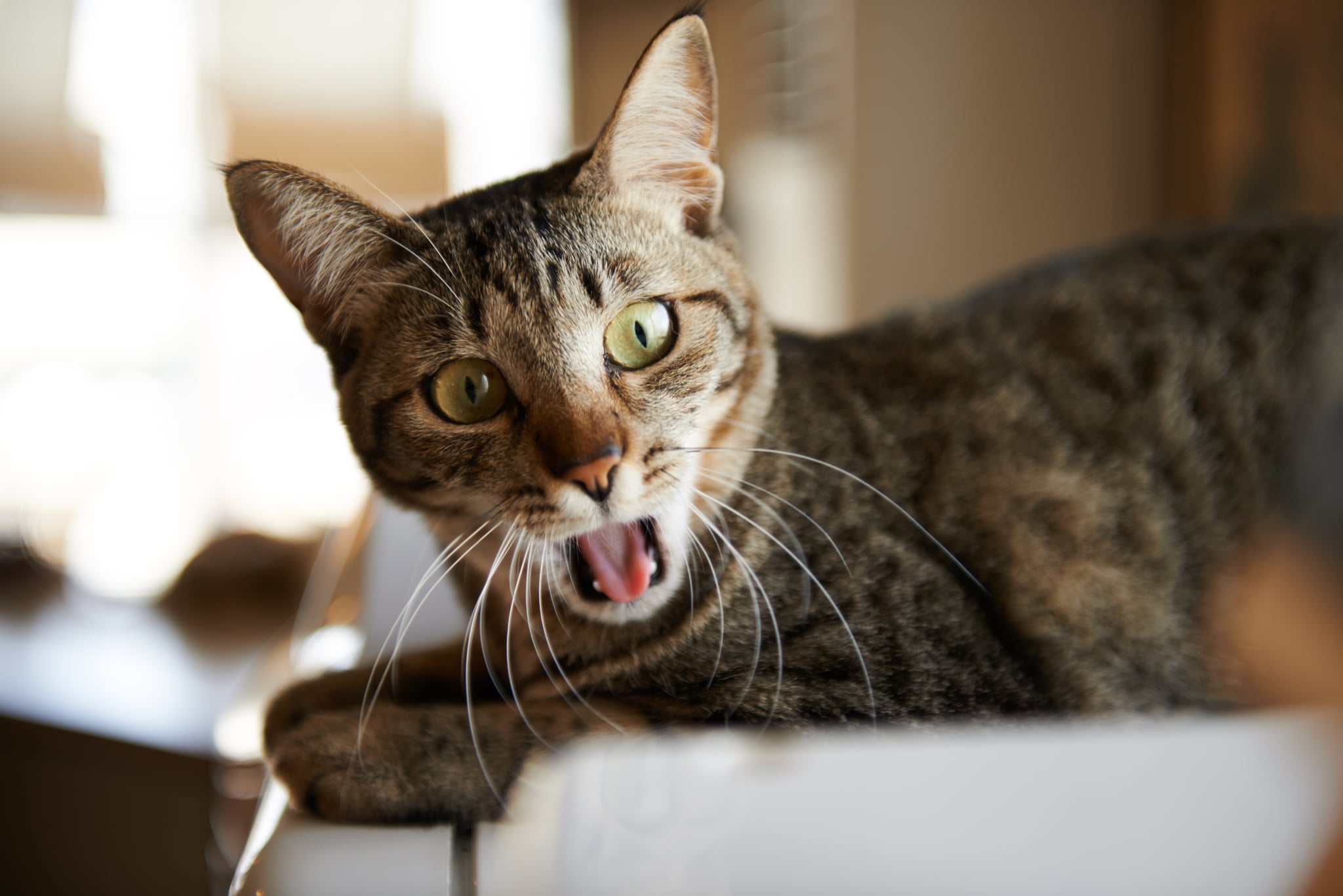
“A blood pressure of 150 to 160 … is normal for a cat under pressure,” says Dr. Werber, chief veterinary officer of Airvet, a national pet telehealth app that has over 45,00 vets on call.
But if it’s lower than 120 (which is rare) or more than 160, Dr. Werber says it could be a flag that something else is wrong. Dr. Werber discusses what high or low blood pressure may indicate, symptoms to watch out for and how to take your cat’s blood pressure at home.
Continue reading →

Plenty of us have done it: You find a skincare product you love and immediately want to buy it in bulk to save money–and so you won’t run out. But just because you can do that doesn’t mean you should. Sure, you could cash in on multiple two-for-one deals at once, but some skincare products have shorter expiration dates–which means buying in bulk could actually end up costing you more if you end up tossing half of what you bought in a couple months.
“Two or three at a time should be fine for most skincare products,” says Peterson Pierre, MD, a board-certified dermatologist in Los Angeles. “If it’s a dozen, I would caution against it because ingredients do expire and you want to ensure maximum freshness and potency.”
Continue reading →

Increasing the amount of fiber your dog consumes may help with constipation.
“Constipation arises when stools are too dry to move easily in the intestines, so they become stagnant and slow things down. Fiber holds onto water and can coat the stools and increase gut motility, pushing things in the right direction,” says Anthony Hall, DVM, a veterinarian with pet telehealth Airvet.
Continue reading →

Increasing the amount of fiber your dog consumes may help with constipation.
“Constipation arises when stools are too dry to move easily in the intestines, so they become stagnant and slow things down. Fiber holds onto water and can coat the stools and increase gut motility, pushing things in the right direction,” says Anthony Hall, DVM, a veterinarian with pet telehealth Airvet.
Continue reading →

Dr Stephanie Lantry, DVM Affiliated With AirVet
Dogs eat sticks for a variety of reasons.
First of all, they are very easily accessible and often contain lots of smells from living things in the outdoors. Our most common underlying cause are puppies that are teething. They need that chewing outlet as they are getting their adult teeth in and losing their baby teeth.
Dogs don’t always outgrow this need for sensory chewing but it tends to diminish as they grow older. It can help them clean their teeth and exercise their jaws. Occasionally, dogs will have some stomach upset or imbalance that causes them to eat foreign objects (especially plant material outside).
Continue reading →

According to Anthony Hall, DVM, MPH, a veterinarian at Airvet, occasional coughing is normal and may even be expected. However, he went on to explain that if the cough occurs often or is accompanied by other symptoms, then it’s time to bring your pet to the vet to be examined. “If the cough produces discharge from the nose and eyes or brings up any phlegm and recurs frequently, that is more of a reason to visit your veterinarian to see what’s going on,” Dr. Hall said. He added that oftentimes the vet will want to do blood work, take X-rays, and listen to your cat’s heart and lungs to better figure out what exactly is going on.
Continue reading →

Dr Stephanie Lantry, Co-Owner of Animal Medical Clinic of Gulf Gate and Vet Expert at Airvet.com said:
They are not toxic to dogs. However, you do need to be careful to cut up the cucumbers because they are a potential choking hazard. Also, some dogs can be sensitive to the roughage and cucumbers can cause indigestion.
Cucumbers are high in water content and are generally pretty tolerable for dogs as long as they don’t overindulge.
Continue reading →

Brandon Werber, Founder And CEO of Airvet
When a dog is content, they exhibit relaxed ears, mouth, and body. Generally, they’ll wag their tails and lay on their belly in a playful manner when feeling happy. Along with a healthy appetite, a happy dog will lean into your hand while being pet, showing their joy in the affection they’re receiving. Another way to tell if your dog is happy can be based on their interaction with other dogs. Their playfulness will show. The same is true for the level of excitement they’ll display when they see their owner for the first time in the day. Dogs use non-verbal communication to convey their emotions however, even a higher-pitched bark can be a way dogs express happiness through a more verbal form of communicating.
Continue reading →

“Vitamin C is important for collagen production and, along with vitamin E, is an important antioxidant that can protect against free radical damage,” says Dr. Peterson Pierre, MD, a board-certified dermatologist with the Pierre Skin Care Institute in West Lake, California. “It is also great for discoloration and can help reduce the appearance of wrinkles.”
Instead of grabbing an orange to get your dose, much on some vitamin C-rich yellow bell peppers. In a British Journal of Nutrition study of more than 700 Japanese women, researchers found that the more yellow and green vegetables the subjects ate, the less apt they were to have wrinkles and crows feet–even once they controlled for smoking and sun exposure. And a study out of the U.K. concurs. The British study published in the American Journal of Clinical Nutrition found that volunteers who consumed four milligrams of C (what you’d get in a single bite of yellow pepper) daily for three years decreased the appearance of wrinkles by 11%.
Continue reading →







